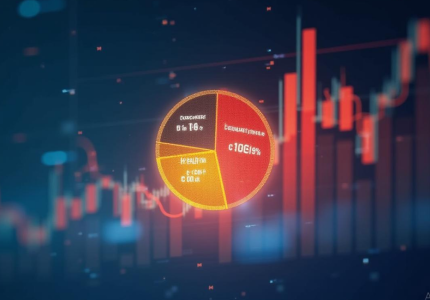barbarasturrock
Emerging Markets (EM) are going to be more and more important to the world economy as time rolls on to 2025. Of such trends that are expected to influence the financial landscape direction, both to determine opportunities and challenges for investors as well as for businesses, then included in this article are the top emerging market trends that shape world’s financial sector in the upcoming several years.
Digitization
Perhaps one of the most important of these trends is the thrust of digital transformation in emerging markets. Fast-moving technologies, particularly in mobile internet access and fintech applications, are allowing many EM economies to leap over the dozen or so development stages that took many others prior to them hundreds of years to travel through. Nigeria, Kenya, and South Africa are leading the way in this shift, with mobile payment systems and digital wallet providers developing forms of access for populations previously excluded from formal banking systems. The digital revolution will intensify across regions such as Southeast Asia and Africa, thereby positioning them favorably in the global map for investment.

Sustainable Development Initiatives
And as the world understands more environmental issues, so comes more of the sustainable development initiative into emerging markets. Businesses are also increasingly incorporating sustainability into the cores of their strategies, and though consumer and regulatory pressures are pushing this, it positively impacts potential new investment opportunities such as renewable energy, sustainable agriculture, and green technology. Such change will not perch companies well to enhance their brand and reputation but will also help them position themselves for a growing fraction of the market that demands sustainable choices.
Change in Trade Patterns
Changes in trade patterns are primarily caused by the evolution of the geopolitical landscape, making it a major focus for most emerging markets. The continuing major economic tensions among major economies, particularly among the USA and China, are compelling countries to rethink trades and rethink supply chains. Therefore, the emerging markets are creating bilateral trade relations by looking for opportunities in some regions where the effects of geopolitics are less visible. For example, this change may result in increasing inter-regional trade among regions like Asia and Africa to enhance economic resilience.

Currency Dynamics
Emerging market currencies are expected to be at the heart of the foreign exchange markets globally by 2025. More would-be returns are accompanied by higher risk, so investors must be prepared to deal with considerable volatility that is inherent to these currencies. As they become increasingly popular among higher-risk investors, knowing the market dynamics becomes an important issue for any trader keen on understanding how these currencies work.
Conclusion
In short, emerging markets will thrive in 2025 under the influences of continuing digital transformation, increased efforts in sustainable development, evolution in trade patterns, and dynamic movements in currencies. For business and investors looking to take advantage of such changes, the ability to effectively navigate the very real emerging market opportunities and challenges will be crucial in the success of the changing financial landscape.












